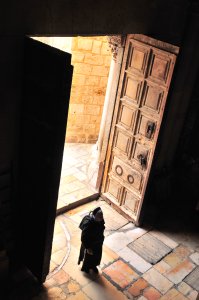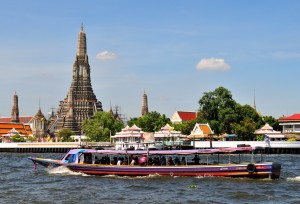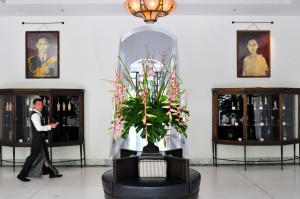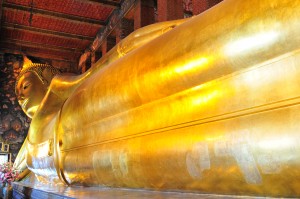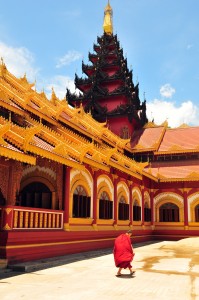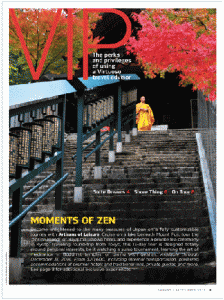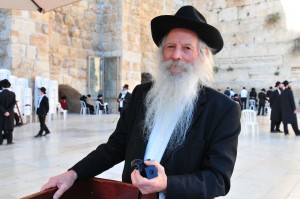
“Does God exist in the heart of the devil?” Clad in somber black attire and embellished by a long, white, waterfall of a beard, the rabbi and author Gutman Locks stood before Jerusalem’s Western Wall and patiently awaited my reply. Behind him, orthodox Jews bobbed, chanted, wept, and pressed written prayers inside crevices of the wall as the setting sun lit its stones in a warm, golden glow.
“Yes,” I answered, thinking it mattered little that my response was mostly theoretical, or that our definitions of “god” and “devil” most likely wouldn’t match. I hadn’t traveled 7,000 miles from Seattle to Jerusalem to debate or dismiss anyone’s beliefs, but to witness the devout pursuing and communing with their own versions of the divine. As I arrived at the Wall, surrounded by scores of the faithful and greeted by the rabbi’s question, I knew I’d found what I was seeking.
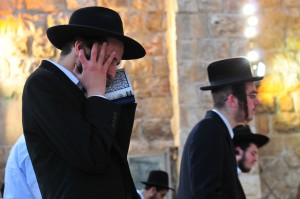
“You’re a smart man,” Gutman told me after I’d given my reply. “God is infinite and everywhere at all times.” Later in our discussion, after I’d confessed to being a travel writer, he added: “You should tell your readers to search out the things that they can best learn from each place they are visiting. The specialty of this place, Jerusalem, is God. That’s what we know best.” (See Gutman’s side of the story – and a picture of me taking a picture of him – at the rabbi’s blog, Mystical Paths.)
While I don’t believe any human being can fully comprehend – or any one place encompass – what “god” may or may not be, it is experiences like this that keep me traveling to the world’s “holy lands.” From Fátima in Portugal to Miyajima Island in Japan, those places where the sacred is celebrated most ardently, whether peacefully or in conflict, reveal much about our species and an existence we all struggle to understand.
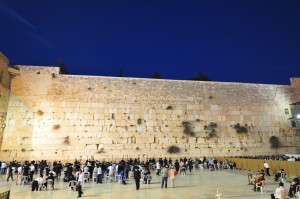
Jerusalem’s Old City is no exception. With its Western Wall (a remnant of Herod’s grand temple and one of the holiest sites in Judaism), Dome of the Rock (the place where Muslims believe Mohammed ascended to heaven), and Via Dolorosa (the path that Christians believe Christ followed to his crucifixion and ultimate resurrection), the pursuit of the divine is on full display here. If my words have failed to do this place justice, I’m hoping my photos might help.

